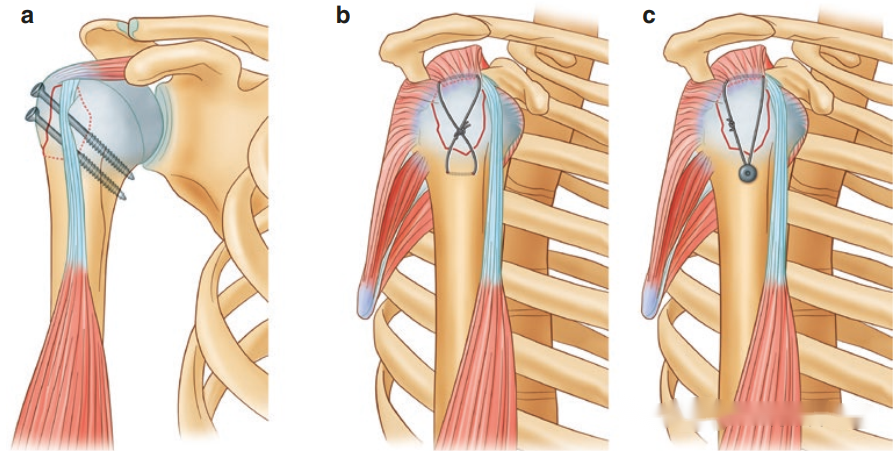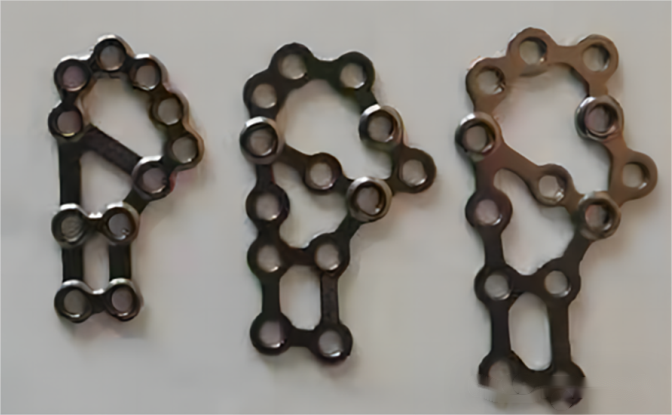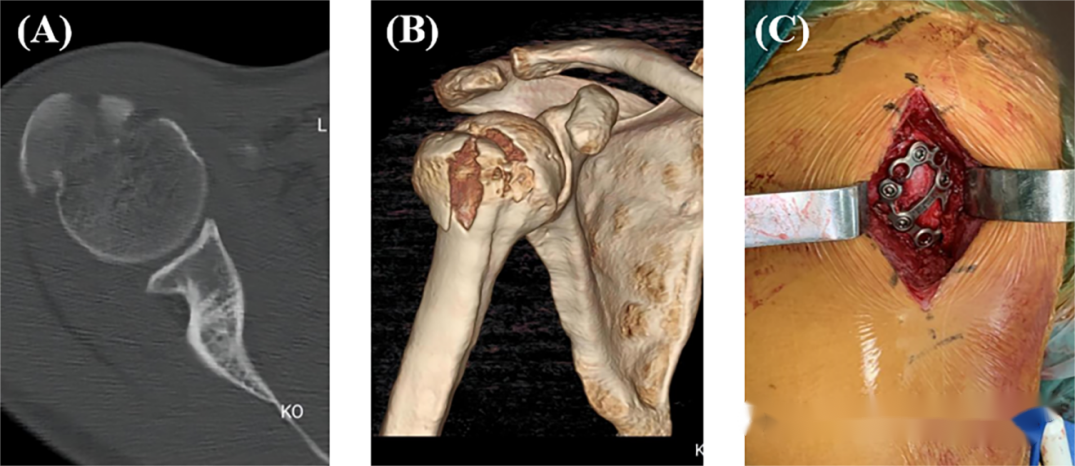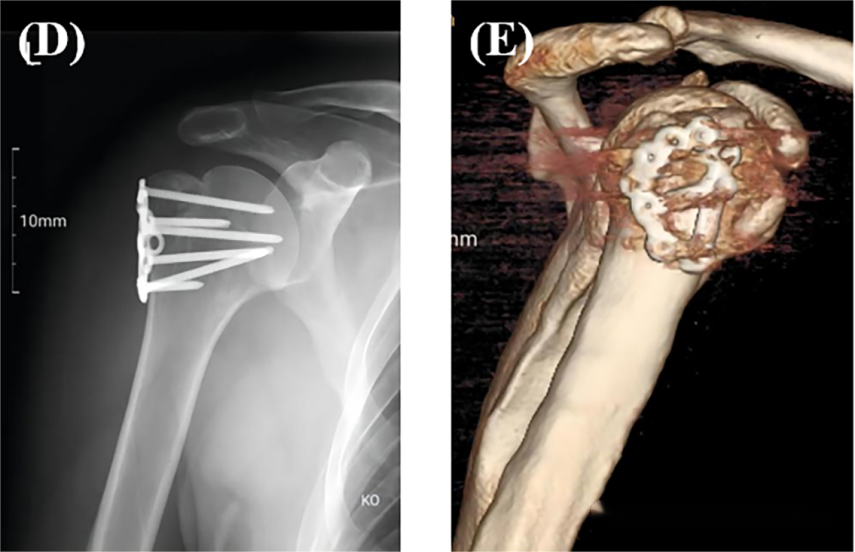Humeral greater tuberosity fractures are common shoulder injuries in clinical practice and are often accompanied by shoulder joint dislocation. For comminuted and displaced humeral greater tuberosity fractures, surgical treatment to restore the normal bony anatomy of the proximal humerus and reconstruct the shoulder lever arm is the foundation for functional recovery of the shoulder. Common clinical methods include the use of humeral greater tuberosity anatomical plates, proximal humerus anatomical plates (PHILOS), screw fixation, or anchor suture fixation with a tension band.

It is quite common in fracture internal fixation treatment to flexibly apply anatomical plates, originally designed for one type of fracture, to other fracture sites. Examples include the use of an inverted distal femoral LISS plate to treat proximal femur fractures, and metacarpal plates to fix radial head or tibial plateau fractures. For humeral greater tuberosity fractures, doctors from Lishui People's Hospital (The Sixth Affiliated Hospital of Wenzhou Medical University) considered the unique advantages of the calcaneal anatomical plate in terms of plasticity and fixation stability and applied it to the proximal humerus with reported effective outcomes.

The image shows calcaneal anatomical plates of different sizes. These plates have high flexibility and strong plasticity, allowing them to be securely attached to the bone surface with screws.
Typical Case Image:


In the article, the author compared the effectiveness of calcaneal anatomical plates with PHILOS fixation, showing that the calcaneal anatomical plate had advantages in shoulder joint function recovery, surgical incision length, and surgical blood loss. Using anatomical plates designed for one type of fracture to treat fractures in other locations is, in fact, a gray area in clinical practice. If complications arise, the appropriateness of the internal fixation choice might be questioned, as seen with the widespread yet short-term use of inverted LISS plates for proximal femur fractures, which led to a significant number of fixation failures and related disputes. Therefore, the internal fixation method introduced in this article is intended for reference by clinical doctors and is not a recommendation.
Post time: Aug-26-2024










